T4K3.news
Scientists reveal cause of sea star die-off
A new study identifies bacteria as the cause of the mass die-off of sea stars along the Pacific coast.
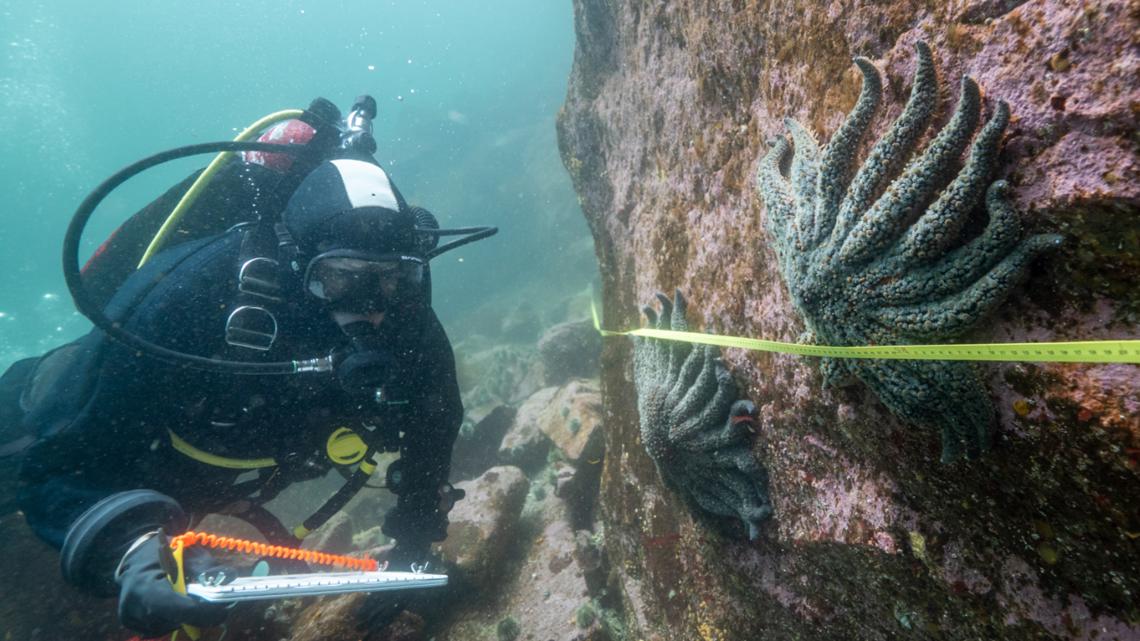
A study reveals the bacteria responsible for the decade-long sea star decline along the Pacific coast.
Researchers identify bacteria causing severe sea star die-off
Researchers have pinpointed bacteria as the cause of a devastating epidemic that killed over 5 billion sea stars along the Pacific coast of North America. The study published in Nature Ecology and Evolution highlights the bacteria Vibrio pectenicida as responsible for the mass die-off, which started in 2013 and affected over 20 species, most notably the sunflower sea star, which lost around 90% of its population in the first five years. By analyzing the coelomic fluid from healthy and dying sea stars, scientists were able to identify the bacteria after initially ruling out other causes, including viruses. This breakthrough offers hope for intervention strategies to help restore sea star populations and subsequent marine ecosystems.
Key Takeaways
"It’s really quite gruesome."
Alyssa Gehman describes the impact of the wasting disease on sea stars.
"It’s incredibly difficult to trace the source of so many environmental diseases, especially underwater."
Blake Ushijima comments on the challenges researchers faced in identifying the disease.
"The findings solve a long-standing question about a very serious disease in the ocean."
Rebecca Vega Thurber highlights the significance of the new study's discovery.
The identification of Vibrio pectenicida marks a significant advancement in marine research. This breakthrough not only addresses a critical question about sea star wasting disease but also presents a unique chance for ecological restoration. Healthy sea stars play a vital role in balancing marine life by controlling sea urchin populations, which have proliferated due to the decline of their predators. This imbalance has had devastating effects on kelp forests along the Pacific coast, essential habitats for numerous marine species. As researchers now explore methods to boost sea star immunity, there is potential for reversing the extensive damage to these ecosystems, resembling a critical turning point in ocean health.
Highlights
- Vibrio pectenicida could be the key to reversing sea star decline.
- Restoring sea stars might help regrow vital kelp forests.
- This breakthrough could reshape our understanding of marine health.
- Healthy sea stars are essential for balance in ocean ecosystems.
Environmental and ecological concerns
The ongoing decline of sea stars affects marine ecosystems, prompting concern about biodiversity loss and potential ecological collapse.
Ongoing recovery efforts could reshape the future of Pacific marine ecosystems.
Enjoyed this? Let your friends know!
Related News
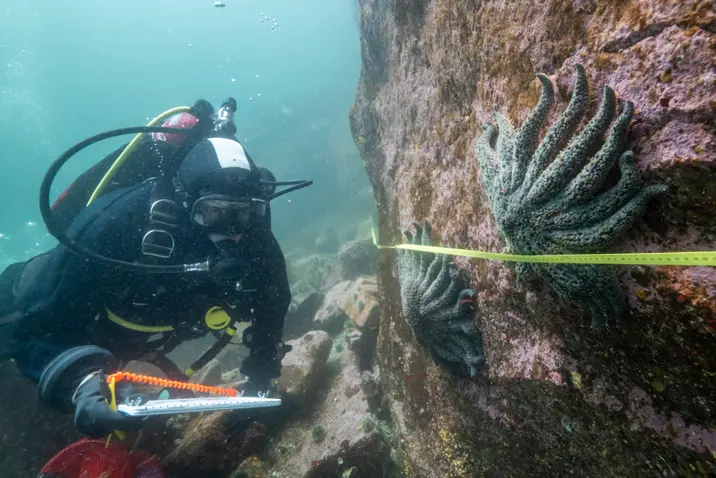
Scientists identify cause of starfish mass die-off
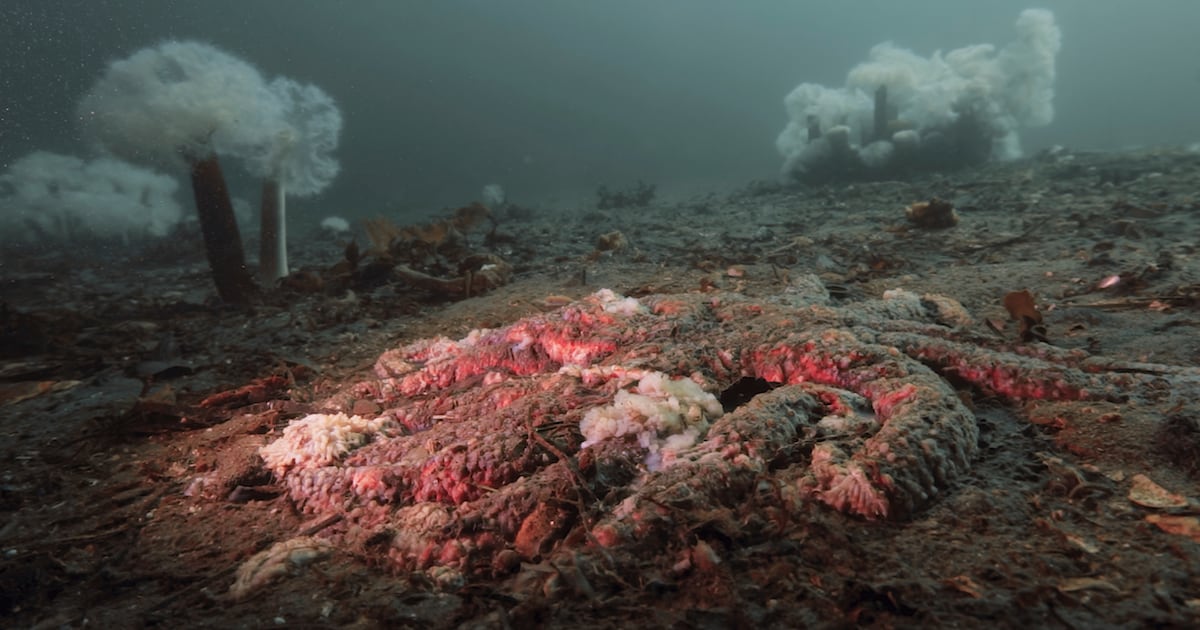
New insights into sea star die-off reveal bacterial culprit
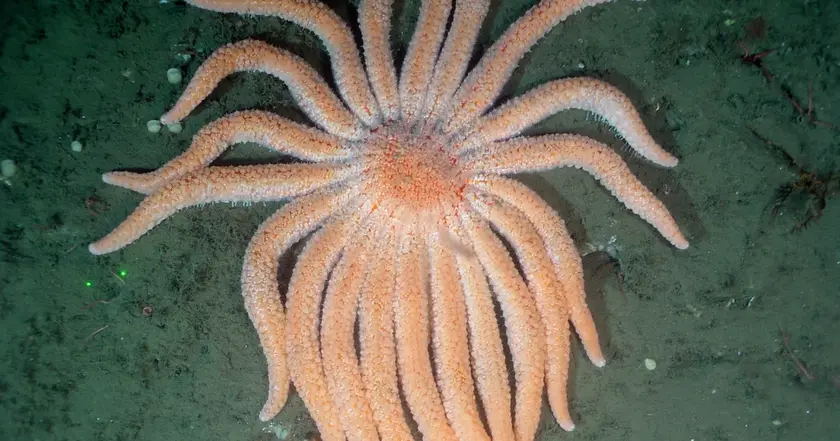
Researchers find bacteria behind sea star die-off

Breakthrough research identifies cause of sea star wasting disease
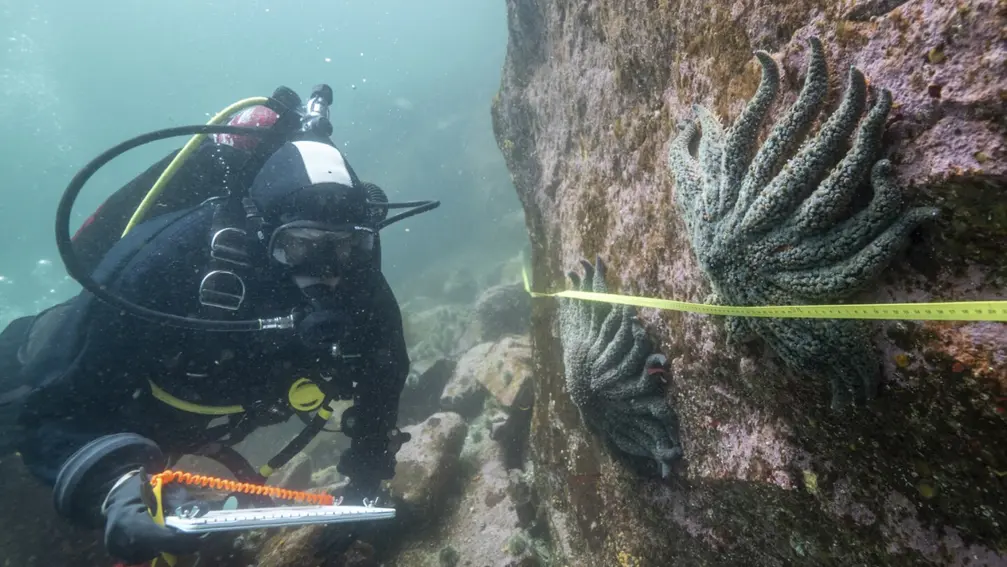
Scientists find cause of sea star epidemic
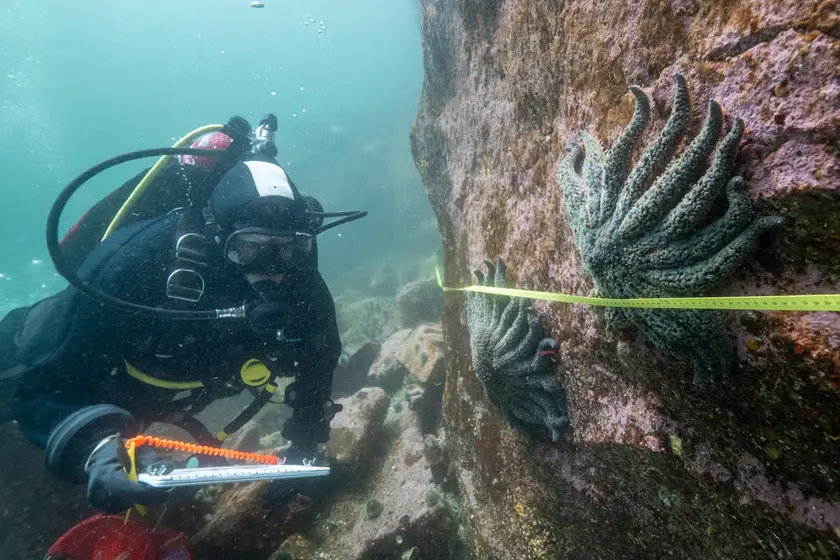
Breakthrough in sea star mortality mystery
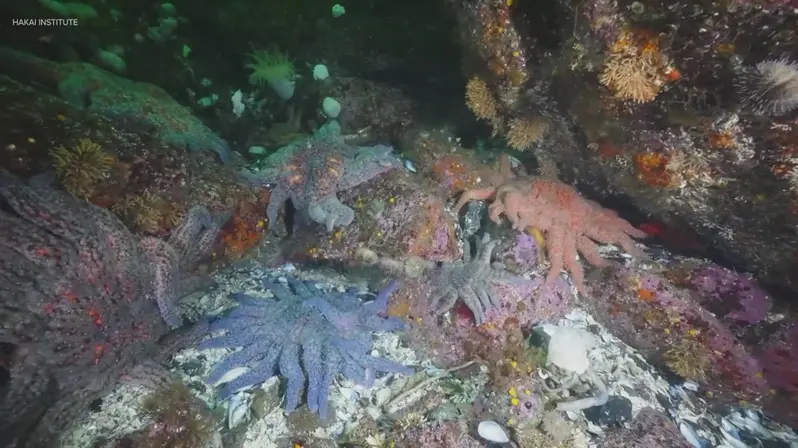
Researchers identify cause of devastating sea star die-off

Hulk Hogan's death confirmed from heart attack
